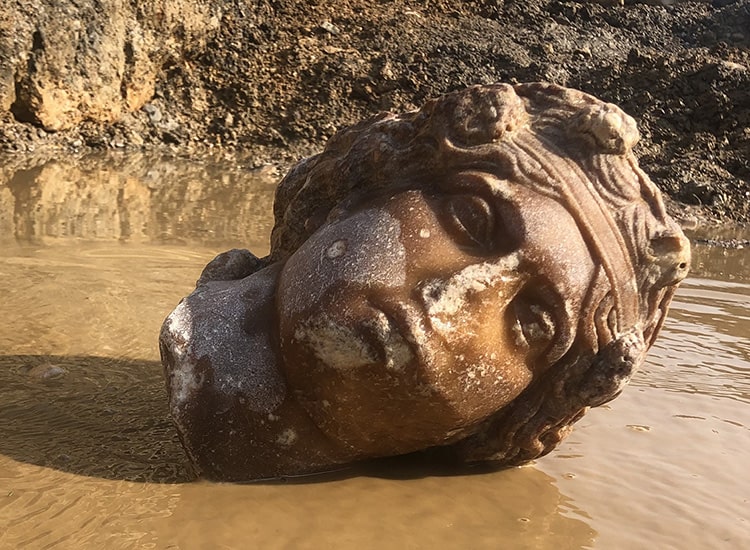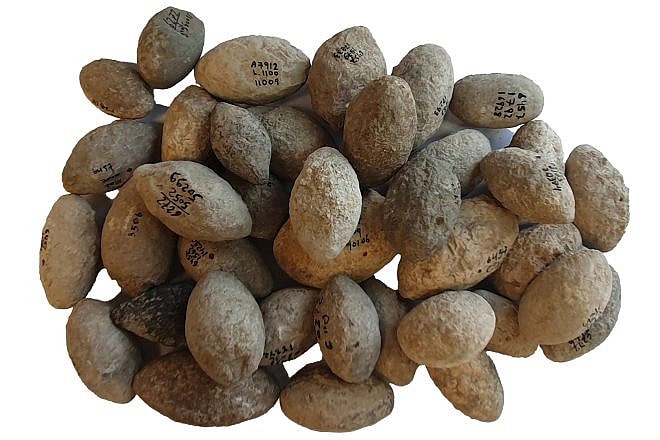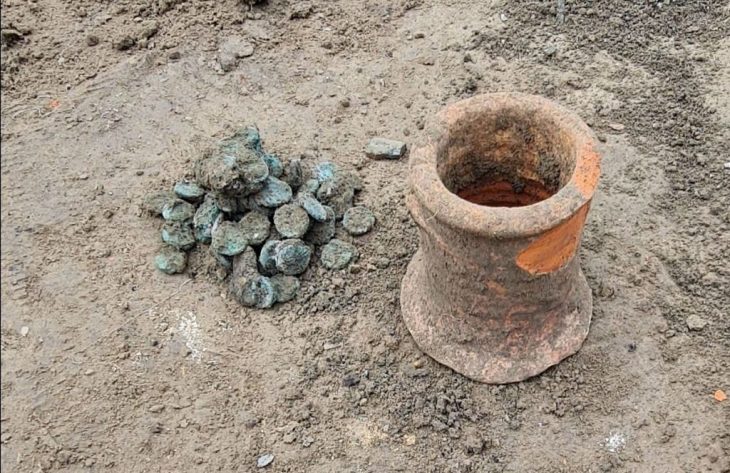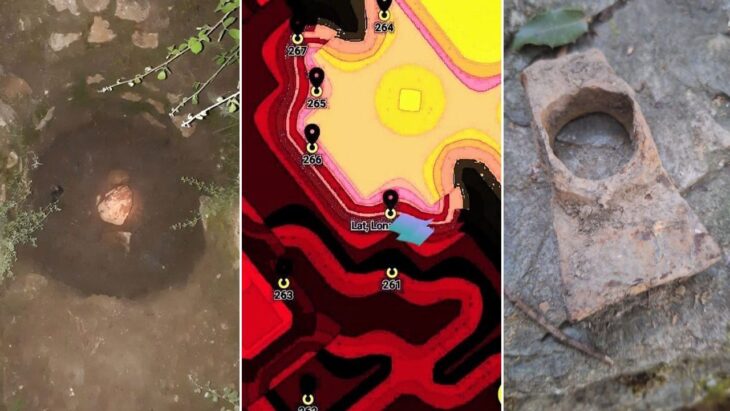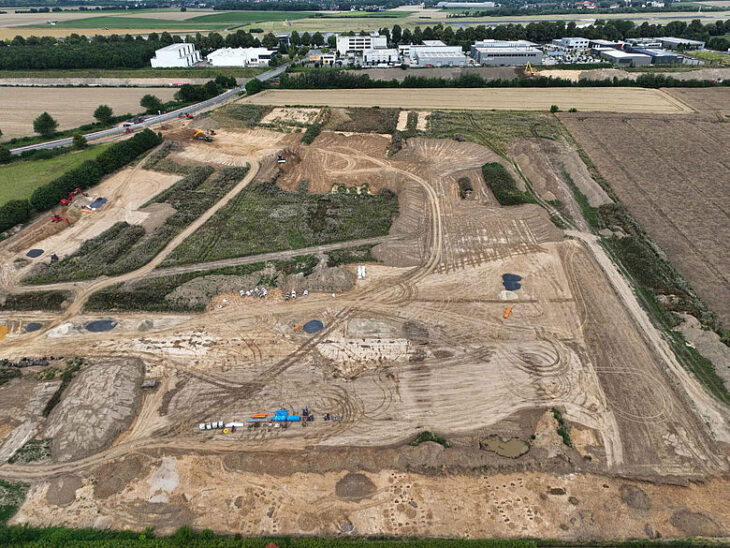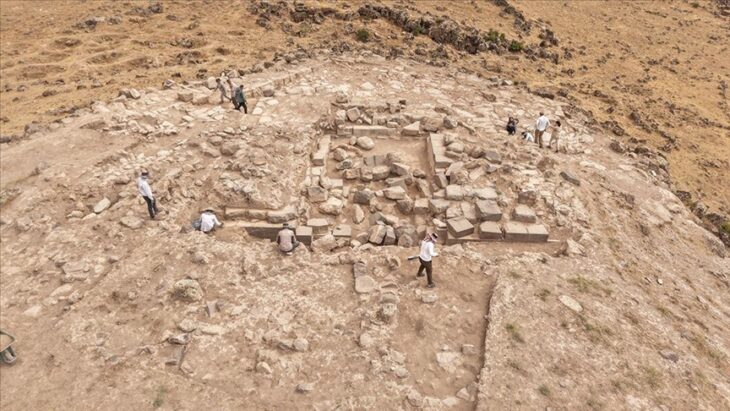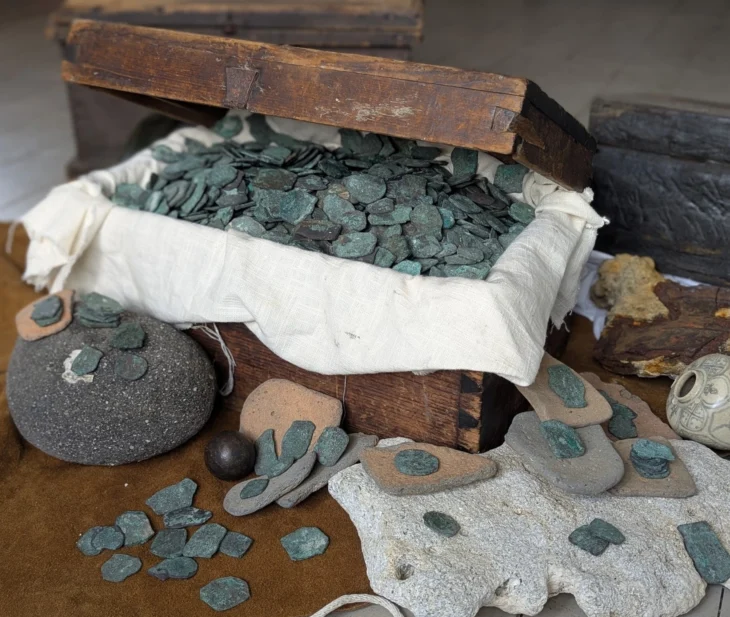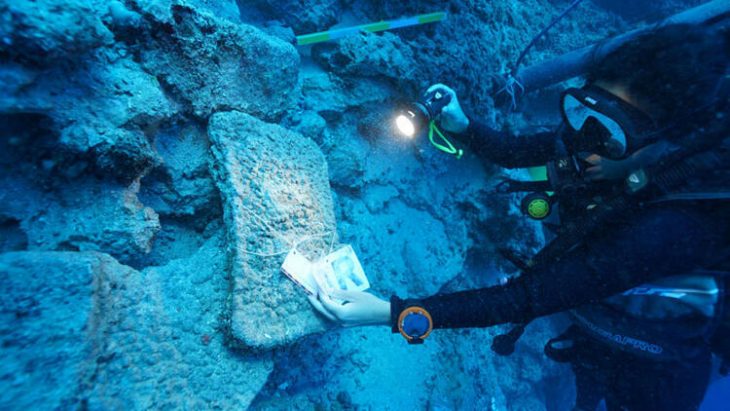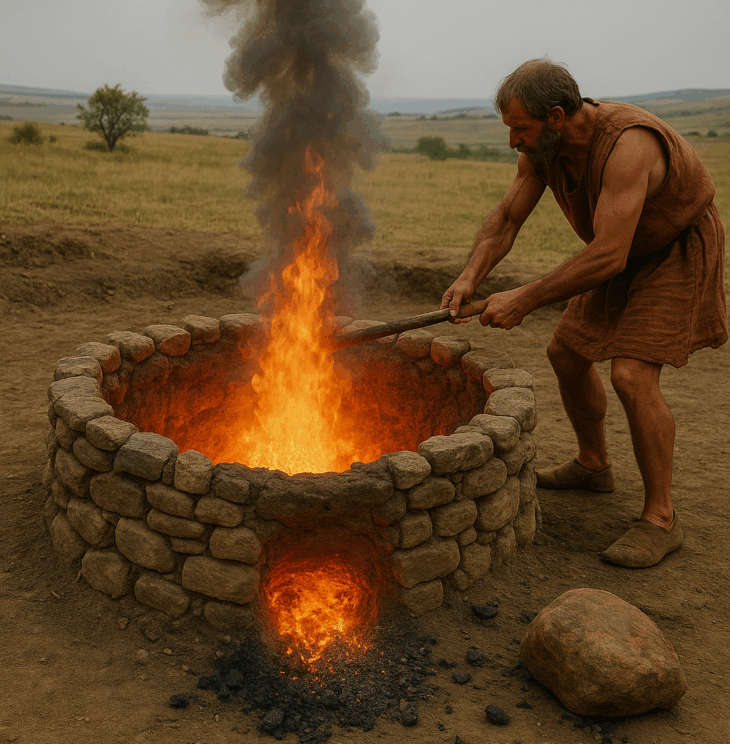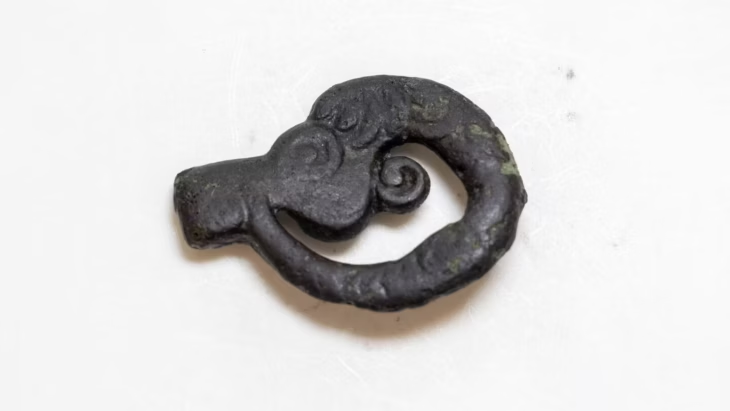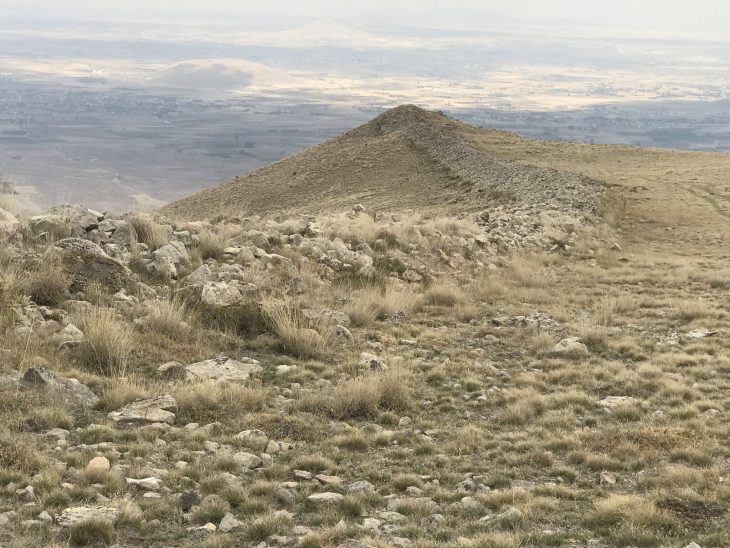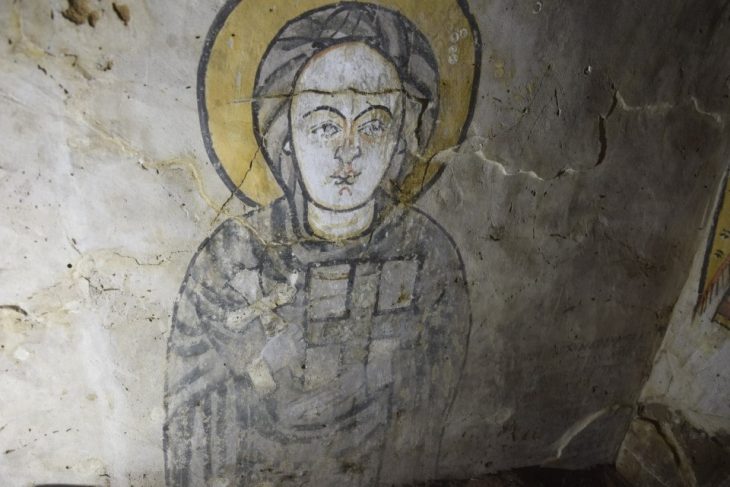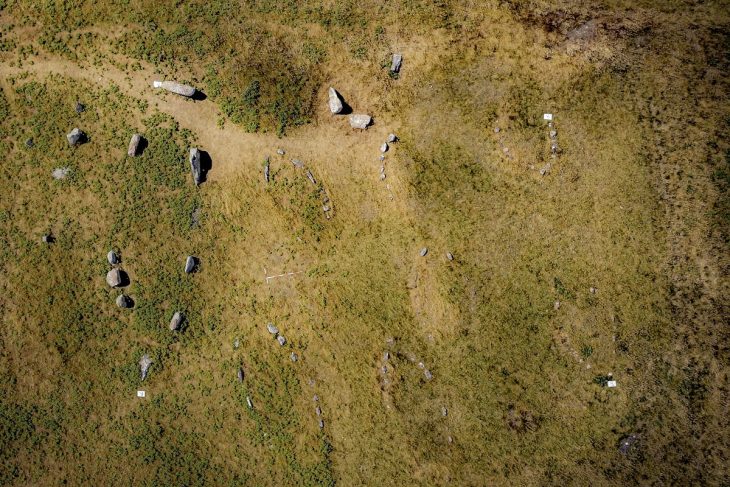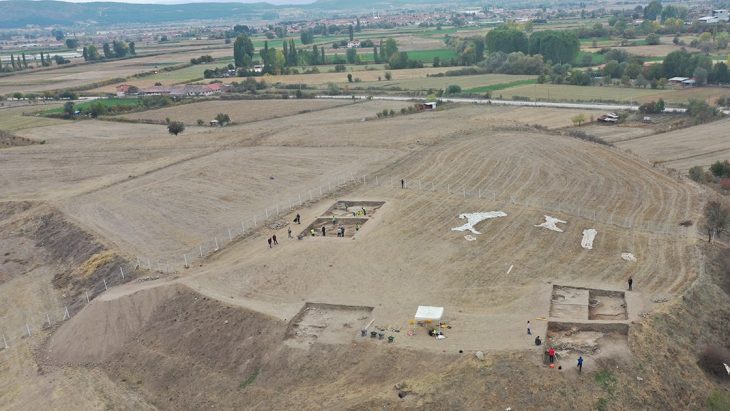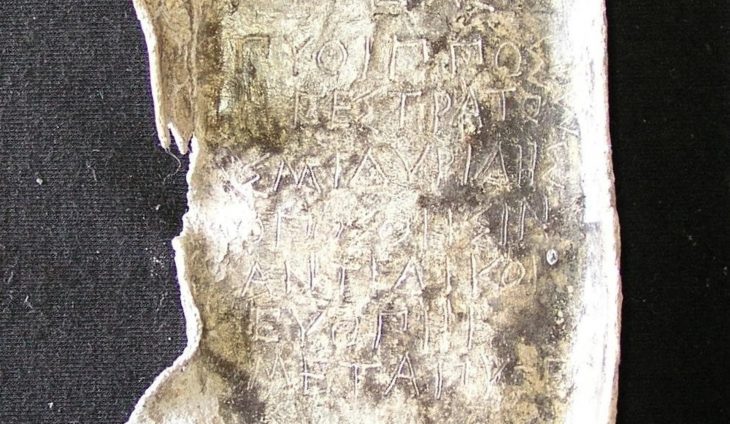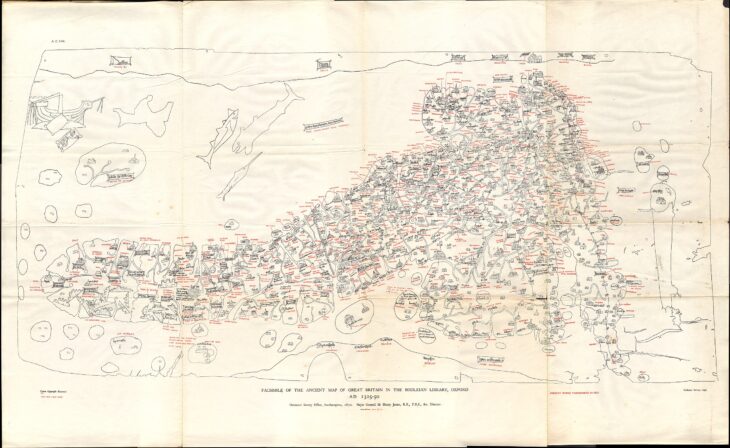The heads of Aphrodite, the goddess of love and beauty, and Dionysus, the god of wine, were found in Aizanoi, located in the Çavdarhisar district of Kütahya and is home to Anatolia’s best-preserved Temple of Zeus.
The statue head of Aphrodite and the statue head of Dionysus were discovered during excavation work in an ancient city in central Türkiye.
Aizanoi Ancient City is in Kütahya Çavdarhisar district center, 50 kilometers from Kütahya.
Aizanoi was the major city of the Aizanitis people in ancient Phrygia, with a history dating back to 3,000 B.C. The territory was ruled by Pergamum and Bithynia throughout the Hellenistic period but was conquered by the Romans in 133 B.C.
The site is home to one of the best-preserved temples in Anatolia dedicated to the chief Olympian god Zeus of ancient Greek mythology.
📣 Our WhatsApp channel is now LIVE! Stay up-to-date with the latest news and updates, just click here to follow us on WhatsApp and never miss a thing!!
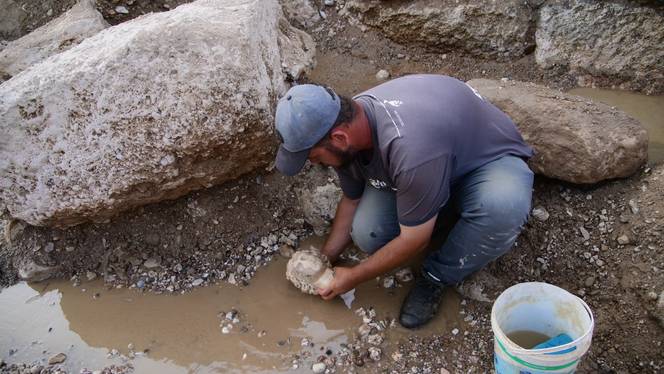
Aizanoi Ancient City, Zeus Temple, Stadium-Theater Complex and Magellum (World’s First Known Stock Exchange Building), 2 Roman Baths, Antique Dam structure, Colonnaded Street, 2 Roman Bridges, is one of the most important cities of the Roman Period.
Archaeology professor and excavation team leader Gokhan Coskun told Anadolu Agency that numerous statue pieces were discovered during the excavation.
“The most exciting development for us this season is uncovering new heads of the goddess of love and beauty, Aphrodite, and the deity of wine Dionysus,” Coskun said.
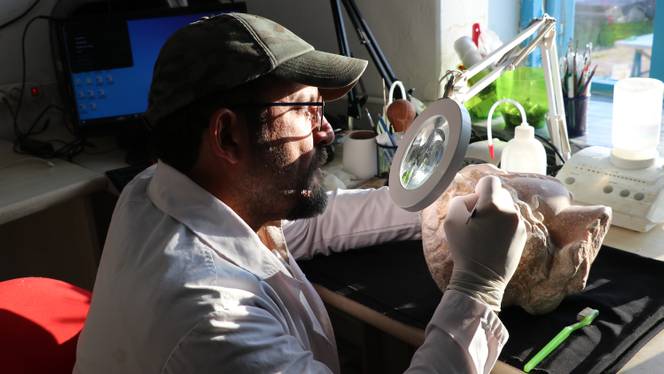
“In the excavation works we have conducted in the region so far, we have unearthed more than 100 statue pieces. Some of the heads found are from statues that are 2-3 meters long,” he noted.
“These statue heads, which we first discovered three years ago, are in very well-preserved condition. During our excavations, so far we have discovered two Aphrodite and three Dionysus statue heads,” Coskun said.
The excavation season, which began in the ancient city last April, will be completed by the end of this month, Coskun added.

